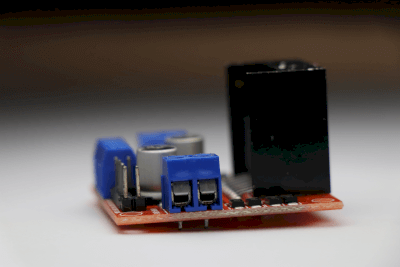What Is a Motor Driver IC?
 A Motor Driver IC (Motor Driver Integrated Circuit) is an electronic component that outputs and controls the voltage and current required to drive various types of motors, including an AC motor/DC motor, brushless motor/brushed motor, or stepping motor.
A Motor Driver IC (Motor Driver Integrated Circuit) is an electronic component that outputs and controls the voltage and current required to drive various types of motors, including an AC motor/DC motor, brushless motor/brushed motor, or stepping motor.
Various types of motors require different voltages, currents, and signals for operation. Therefore, it is necessary to select a Motor Driver IC for each motor type.
Applications of Motor Driver ICs
Motors are used in various equipment, including home appliances, mobile devices, office automation products, industrial equipment, automobiles, and various other household and industrial applications.
It is said that motors account for approximately 50% of the world’s total power consumption.
Depending on the application, motors have various performance requirements, such as high precision, low noise, low vibration, high-speed rotation, high efficiency, low power consumption, and high reliability. Since these performances are greatly affected by the type of motor, driving method, and control method, it is essential to select the appropriate Motor Driver IC.
Principle of Motor Driver IC
Motor speed, torque, start/stop, forward/reverse rotation, etc. can be controlled by adjusting the magnitude of current applied to the motor, the voltage applied, timing, and direction. To achieve this, a switching element such as a power transistor is connected between the motor and the power supply to form a drive circuit. An example of such a circuit is the H-bridge, consisting of four switching elements, each controlled by a Motor Driver IC for on/off operation.
In practice, the circuit configuration and control methods differ depending on the type of motor. For example, a brush DC motor is controlled through PWM by configuring a full bridge circuit. Brushless DC motors are controlled by PWM using a half-bridge circuit. Also, stepping motors rotate at a fixed angle with each pulse input. Therefore, it is necessary to use a Motor Driver IC that matches the type of motor in terms of these circuit configurations and control methods.